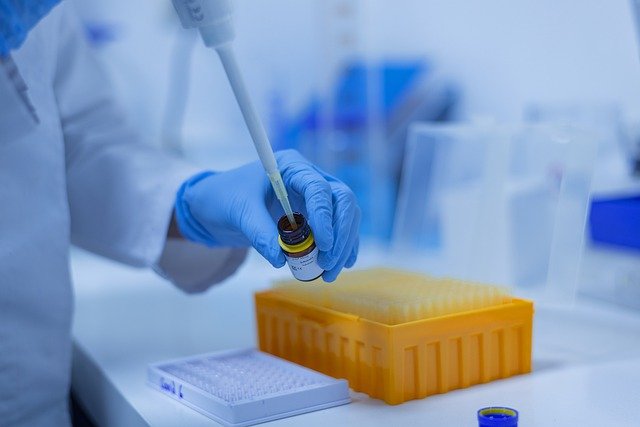
When pipetting liquids that differ from water, properties such as density, viscosity, surface tension, and vapor pressure become critical to successful pipetting.
One of the most basic pieces of lab equipment is the air displacement pipette. Used primarily for tasks ranging from manual assay development to fully-automated throughput screening campaigns to your routine quality control, this kind of device consists of a piston paired to the sample through the air. Fluid aspiration and dispensing occur as the air pocket starts to move up and down. Modern air displacement pipettes allow you to achieve a high degree of accuracy and precision, especially while pipetting aqueous fluids. However, most labs pipette fluids that are less than ideal, including serum, blood, proteins, oil, detergents, solvents, or salts. By treating these fluid types the same as water, errors can happen to an assay process, all depending on the volume.
When pipetting liquids that differ from water, properties such as density, viscosity, surface tension, and vapor pressure become critical to successful pipetting. Read on to learn how different liquids work with your pipettes!
Density
Higher density liquids have a greater mass per unit volume and impose a much greater gravitational force on the air space between the piston and the fluid. The increased air space results in a much smaller volume of liquid inserted into the tip. The effect is the opposite when pipetting any lower density liquids. These effects could be compensated for by adjusting the pipettes volume setting correctly. An adjustment is usually an iterative approach whereby the volume setting is changed, the dispensed sample volume is then measured, and the volume setting is adjusted until the correct volume is attained.
Vapor Pressure for Your Pipettes
Vapor pressure is a kind of property that describes how quick liquids evaporate into the atmosphere until it reaches equilibrium. All liquids exist in the equilibrium balance between their gas and liquid states. In finding this balance, a liquid will continue to evaporate until a specific concentration is present in the surrounding atmosphere. Liquids like acetone and acetonitrile possess higher vapor pressure and thus evaporate quite quickly. As soon as the liquid is placed into the pipettes, evaporation begins. The resulting pressure inside the pipette starts to build and eventually forces some of the liquid back up through the tip orifice. Pre-wetting the tip will help the air space in the pipette tip reach a concentration closer to the equilibrium point.
Surface Tension for Your Pipettes
Surface tension describes the elastic tendency of all liquids, which makes them acquire the least surface area possible. Water is an excellent example of a liquid with a higher surface tension, and deterrents like Triton X-100 are examples of a low surface tension liquid. Low surface tension fluids usually leave a thin film on the wall of the tip. Like viscous fluids, slower pipetting and reverse pipetting could offset the effects of lower surface tension fluid from dispensing.
For more information on liquid types and how your pipette will work for each class, give the Lab People a call today! We can help you choose the perfect pipettes for your experiment.
FOR ALL LAB EQUIPMENT AND LAB NEEDS, CONTACT LAB PEOPLE TODAY
The Lab People Inc. is a trusted provider of laboratory equipment, services, supplies, and rental equipment for you and your laboratory. As an ISO 17025 accredited service organization, we stand behind our services with 100% satisfaction guaranteed for all of our customers. We are here to provide you with the best lab equipment service, equipment, and supplies.
For more information about how we can assist you, visit our website, email us, or give us a call at 1-800-296-2001!
Do not forget to follow us on Facebook, Twitter, and Linkedin!